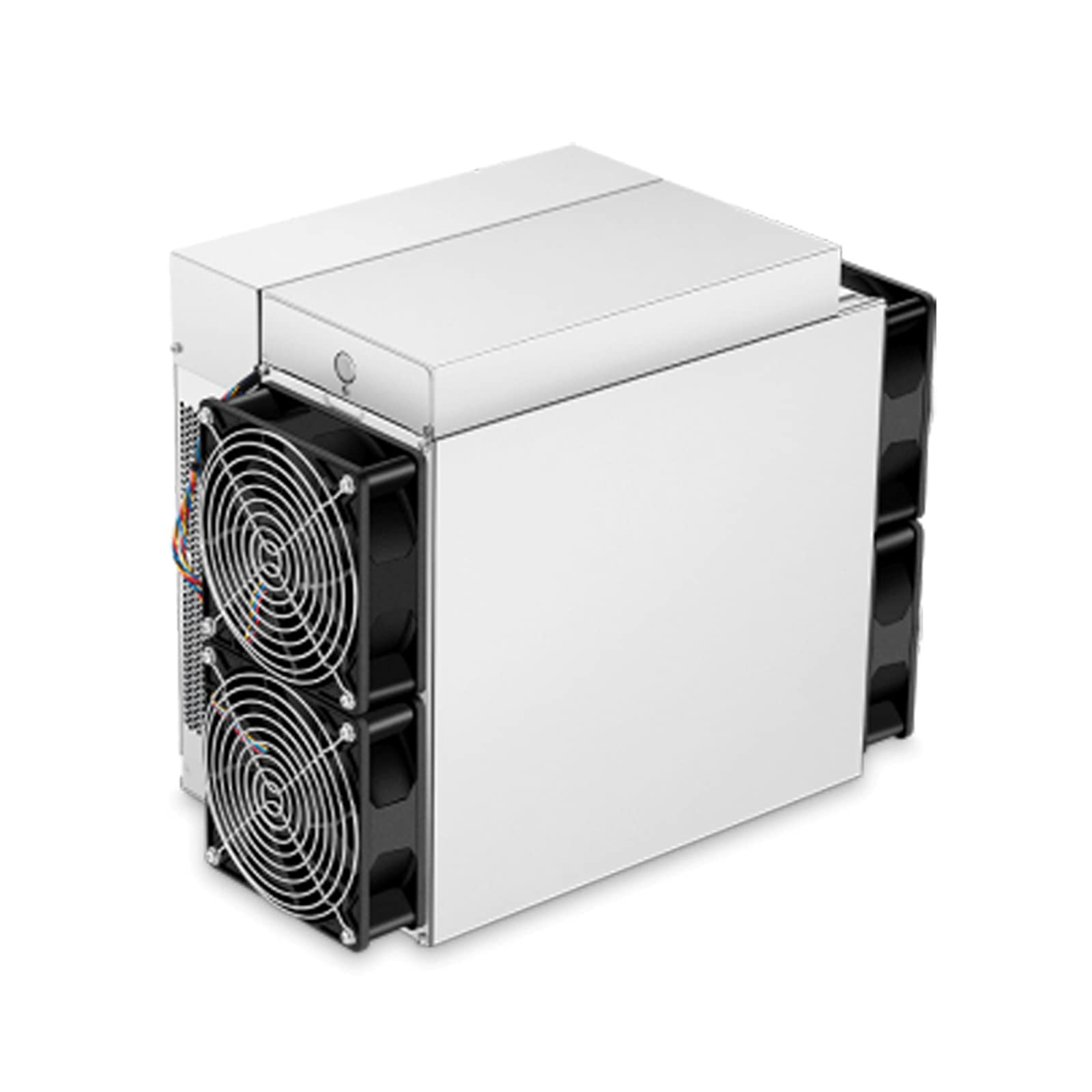Block, a financial services and technology company owned by former Twitter CEO Jack Dorsey has announced it has completed the prototype design of its new five-nanometre (5nm) Bitcoin (BTC) mining chip – which it claims is key to decentralizing the supply of Bitcoin mining rigs.
According to a blog post published on April 28, Block explained that developing Bitcoin mining ASIC rigs is both financially and technically challenging. The result of this has been “the excessive concentration of custom bitcoin mining silicon” in the hands of a select few companies. Block deems this centralization harmful to both miners and the Bitcoin network as a whole.
We have an update on our mining initiative. This one is about ASICshttps://t.co/bJOM9YNxfl
– Thomas Templeton (@TempletonThomas) April 28, 2023
Notably, the San Francisco headquartered company wrote that it plans to make Bitcoin mining technology “open source” where possible by selling standalone ASICs and other hardware components to “optimize innovation and maximize the size of the Bitcoin mining hardware ecosystem.”
The post adds that the steps taken over the past few months will allow the firm to experiment with new designs and aid them in bringing more efficient and affordable Bitcoin mining chips to market. In order to fast-track this development push, Block added that it has purchased a large batch of ASIC chips from Intel.
On April 18, Intel announced that it would halt taking new orders for its Blockscale 1000 Series ASICs by Oct. 20 and end shipping in April 2024 as part of cost-cutting measures. Block says this large intake of ASICs from Intel will help accelerate the development of its proprietary 3nm chip, which it claims upon its release, would be the most advanced chip to date.
“We can now focus our design team exclusively on cutting edge three nanometer ASIC development.”
The scale of a nanometer (1nm) is approximately equivalent to the width of two silicon atoms. As parts of the chips become smaller, it allows for more transistors to fit into a silicon die of the same size. By reducing the overall size, the electric current travels less distance in the circuit to perform a calculation, which means that overall efficiency is improved and the amount of heat produced is decreased.
Related: Mineflation: Cost to mine one Bitcoin in the US rises from $5K to $17K in 2023
It’s worth noting that 5 nanometre ASIC chips have been around for some time, with the earliest 5nm ASIC being released in 2021 from Chinese mining firm Canaan. At current, most Bitcoin mining ASICs run on 5nm chips, however, no company has made their ASIC chip designs open source.
 Bitmain S19 ASIC mining rig. Source: Bitmain.
Bitmain S19 ASIC mining rig. Source: Bitmain.
ASIC stands for “application-specific integrated circuit” (ASIC) and refers to a computerized device that is optimized to complete a single computational function and is typically used for mining Proof-of-Work cryptocurrencies such as Bitcoin.
Magazine: Best and worst countries for crypto taxes – Plus crypto tax tips


